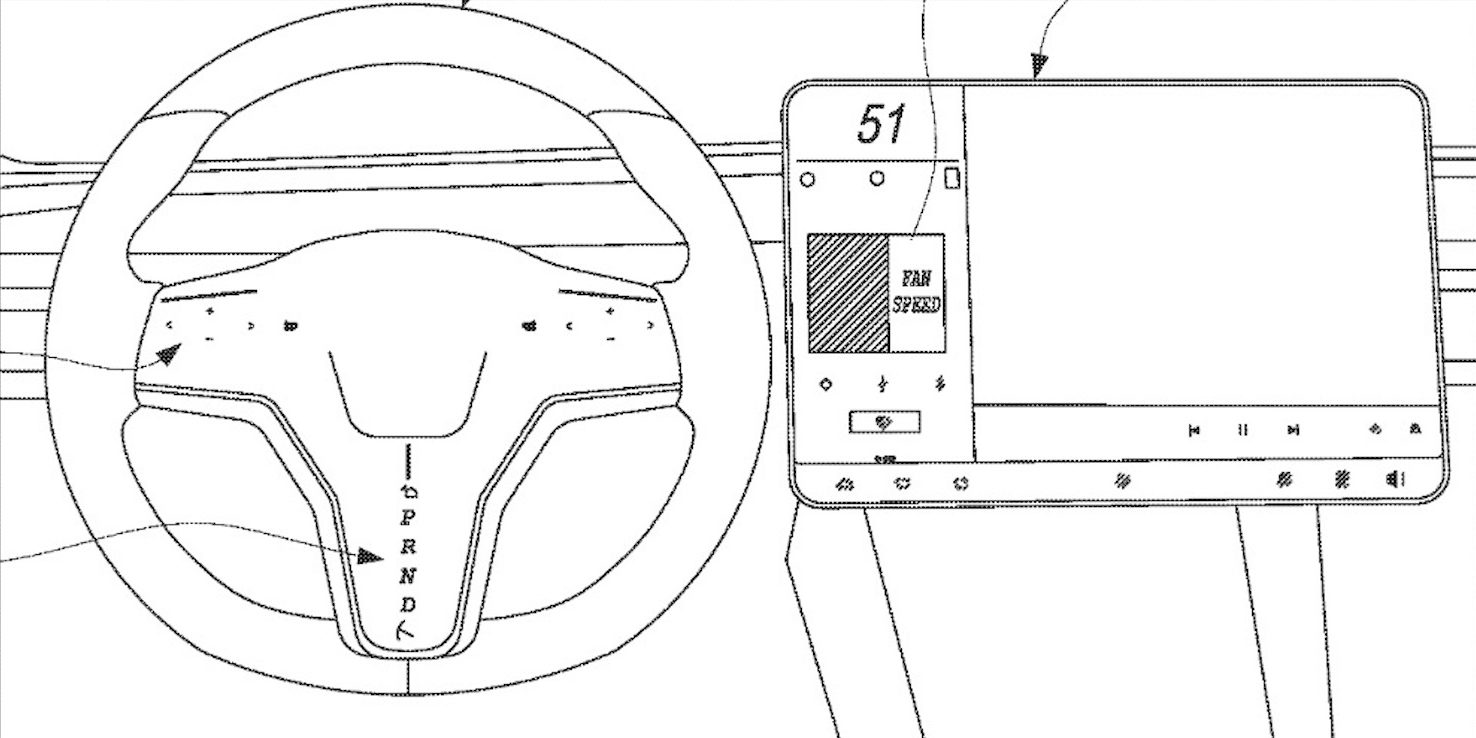Tesla is working on a steering wheel with haptic feedback that will eliminate the need for levers attached to the steering rod. Currently, Tesla uses these levers for various functions (one of them serves as a gear selector, another is used to regulate the Autopilot, etc.)
The Californian automaker wants to eliminate all physical controls, because the new steering wheel that has just been patented will have a touch screen in each of its three radios, reflecting the interactions with them on the central display.
The steering wheel user interface may include indicators in a lower portion indicative of the selected gear in the vehicle. For example, the user interface can provide illuminated indications of the activation of park, reverse, neutral, or drive modes, and the steering wheel may include an RFID and NFC system.
The automaker explains how the steering wheel would work:
“By interacting with the user interface provided on the steering wheel, the user may able to select, update, and/or navigate through a menu of controls. Further, based on the gestures performed on and recognized by the user interface, the user may also receive feedback of the selections made with respect to the set or menu of controls. This interaction of the user may be manifested through gesture movements made directly on the user interface and/or based on indication of the user’s intention to interact with the user interface that may be estimated by ascertaining when the user’s digits approach the user interface. For example, through proximity sensors, the user interface may sense that the user’s digit is approaching a control manipulation functionality on the user interface, causing the user interface to provide feedback to the user.”
Apparently, in those vehicles equipped with autonomous driving, the interface of this steering wheel would be more complex and would allow access to more advanced functions. However, it is worth asking if this solution is more practical than the current physical controls in the steering rod, or if it is merely a movement to continue reducing production costs by simplifying the interior of the vehicle




